- the author provides an overview of anti-aliasing solutions
- what problems temporal techniques have, look at alternative solutions
- and experience trying to avoid using temporal techniques in a game production

- the article discusses the progress on an open-source graphics stack for Apple M1
- provides insights into how Apple GPU commands are expressed on the lowest level

- the video from GDC 2018 was released
- the talk presents different iterations of a system to allow particles emission from everything in the world
- contains many examples, pro/cons of several techniques
- shows how to unfold meshes so that particles can be emitted in a view independent fashion
- additionally provides insights into particle workflows

- the presentation provides an overview of the rendering pipeline from mesh creation to screen output
- focuses on the RDNA2 architecture, presenting what each piece of hardware in the pipeline is called and the function it serves
- providing insights into why specific workloads can achieve better performance than others
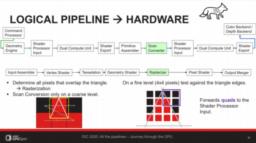
- talk provides an overview of the Crytek rendering pipeline
- how a Micro-G buffer is used to reduce the bandwidth required
- encoding, reconstruction errors, and performance comparison
- how the raytracing is implemented using compute shaders
- BVH data structures, using interlaced ray tracing for ray count reduction
- data optimizations for BVH objects
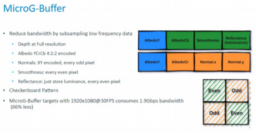
- the article explains the process of porting the NAP creative coding Framework to Vulkan
- focuses on presenting the high-level concepts and considerations instead of API details
- presents synchronization, main API objects, frame setup, descriptor set management, mesh and texture handling as well as coordinate space conversions
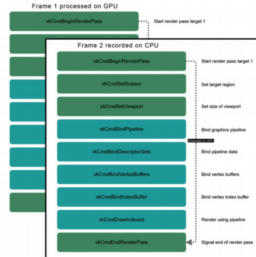
- the tutorial shows how to create procedural fractals
- enable color and position modifications
- present performance comparisons
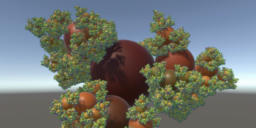
- the article presents how a sand dune wallpaper was implemented using WebGL
- demonstrates how the scene was composed, dust particle implementation, wind simulation as well as texture
- source code is available
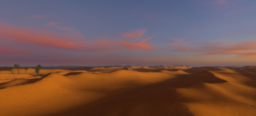
- shows why normals need to be recalculated if a mesh shape is changed in a vertex shader
- presents how to re-calculate the normals by applying the same offsets to approximate neighbors and recalculating the normal from this
- simplified video version of How to Calculate Shader Graph Normals
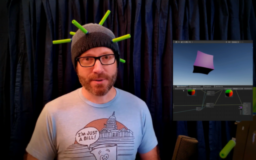
Thanks to Vivitsu Maharaja for support of this series.
Would you like to see your name here too? Become a Patreon of this series.